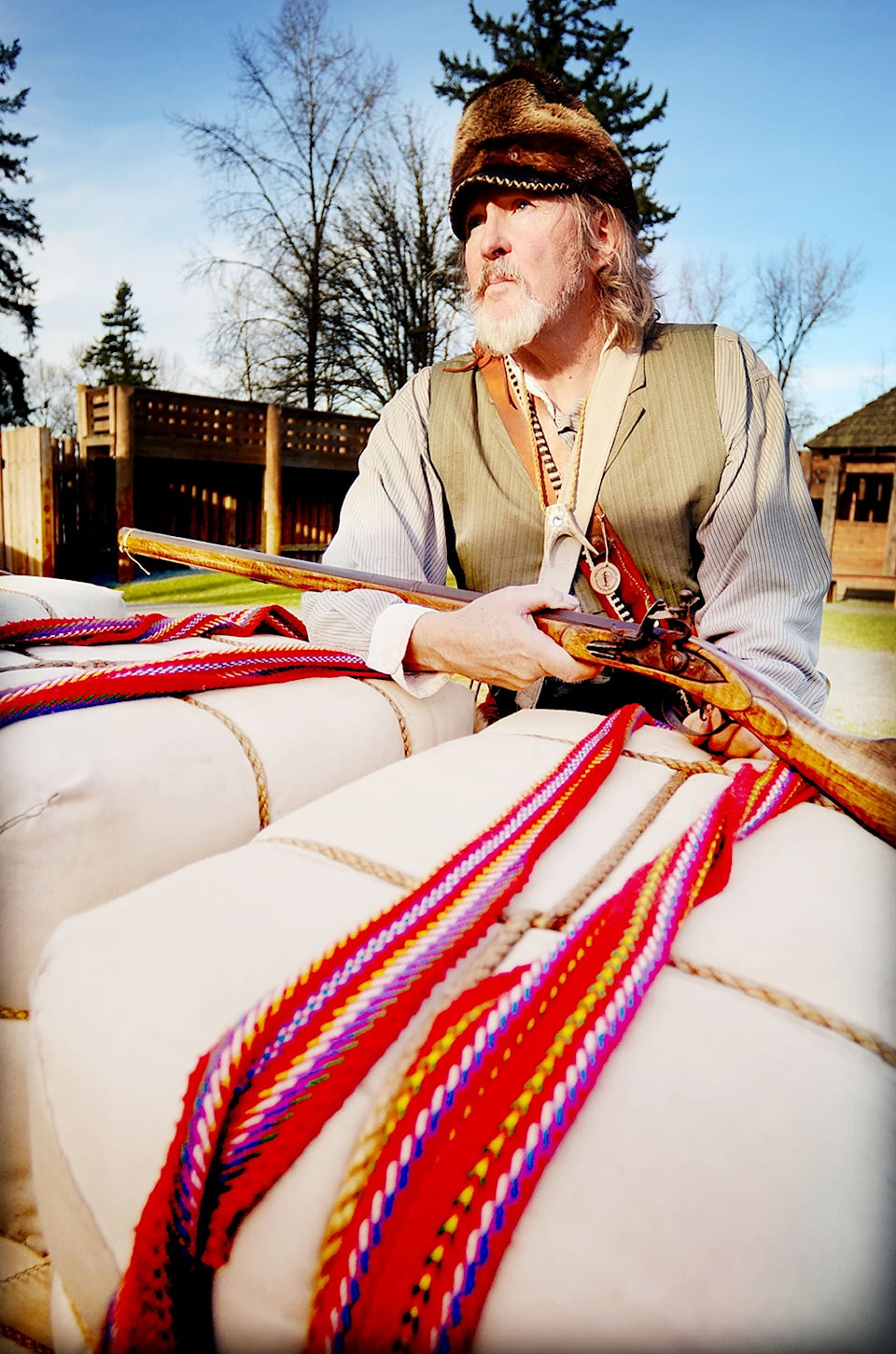The Fort Langley National Historic Site and the Langley Chapter of Canadian Parents for French (CPF) have teamed up to spotlight the French culture of the community’s past.
The sixth annual Vive les Voyageurs French Festival is Jan. 24 and 25, and CPF is hosting Jan. 24 with a day of French Canadian food, culture, and language.
A large contingent of CPF families will be on site that day for anyone who wants to find out about local modern French education and activities.
A number of French-Canadian themed food vendors will be on hand and the first 50 Langley CPF member families, including those who sign up on-site, will receive free snow taffy. In addition, on Jan. 24 only, all CPF members will receive a 30 per cent discount on a Fort Langley annual family pass.
CPF said the festival is a way to show the kids French culture in a community context.
“As a graduate of a Fraser Valley school I didn’t see the usefulness of learning a second language until I travelled abroad, so I would love to start that process for kids in our own community,†said Martin Fandrich, a parent and chapter member. “Selfishly I’m looking forward to eating tortiere and poutine under the guise of celebrating diversity of culture.â€
Yep, food is a great way to learn about a culture and Vive les Voyageurs will have plenty.
One of the highlights of the festival is taffy-making, an old-fashioned activity that shows some of the work involved in food gathering and preparation.
Another is the bannock making. The staple bread was cooked over an open fire. People going to the festival will get to try bannock with butter after a demonstration of how it’s made.
On the menu will also be French-Canadian food vendors, poutine, tortiere (meat pie), maple taffy and more.

French history at the fort goes back to its very origins.
The first fort was built in 1827 by the Hudson’s Bay Company, to trade for furs and other local goods with the nearby First Nations peoples.
About half of the crew building the first palisade were French-speaking, and French-Canadians were key to the fur trade, the reason the fort was created.
The fort festival includes some of the recreational activities of era, activities of the fur traders when they weren’t working for their hardscrabble existence. There will be interactive Metis dancing, crafts, finger weaving, and French-Canadian style music.
School groups from around the Lower Mainland will be going through the site Jan. 19-23 when there will also be French-Canadian activities.
The public is welcome to attend on these days as well.
The site is open 10 a.m. to 5 p.m. daily. Annual family passes are $39.20 and regular adult admission is $7.80.
